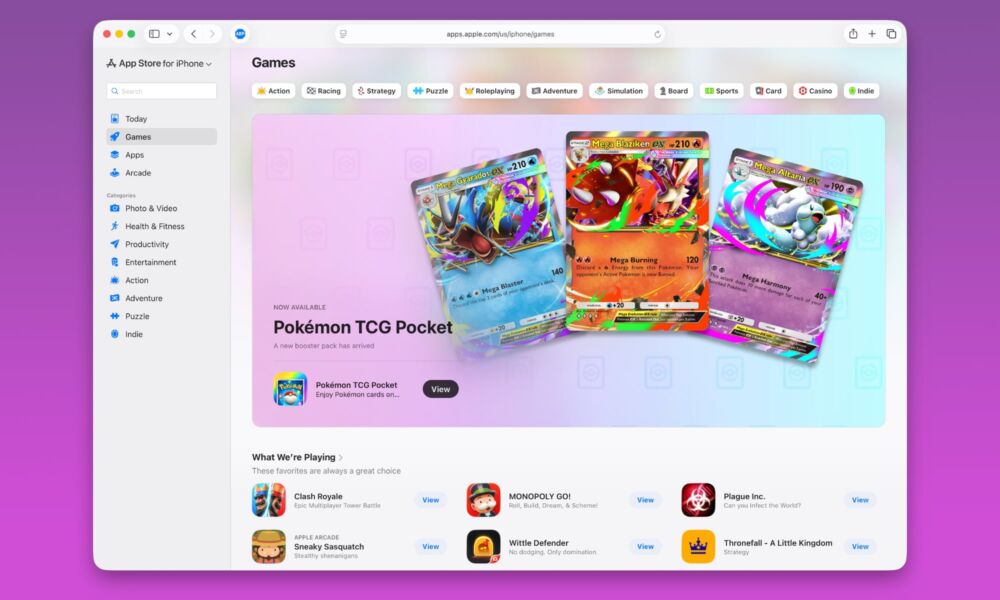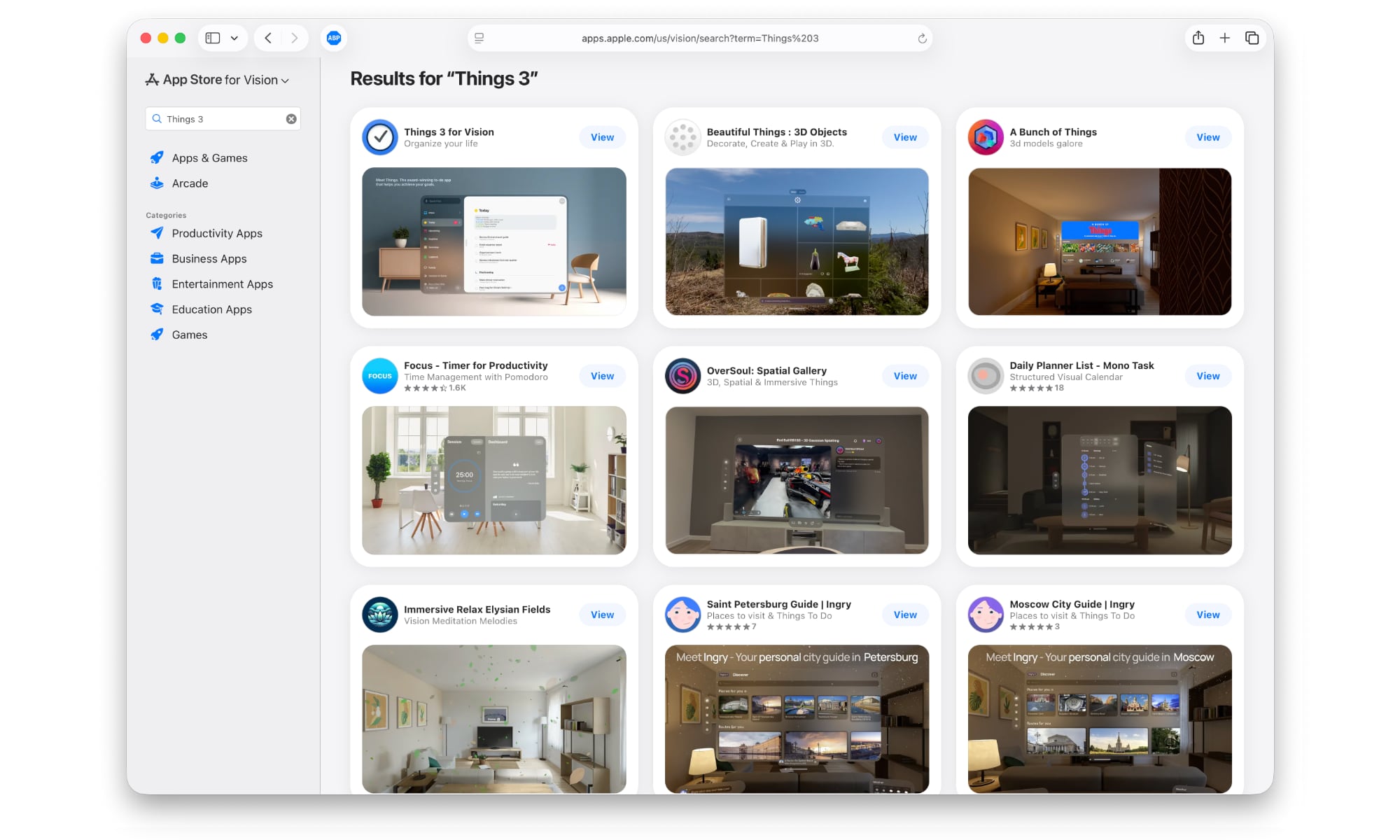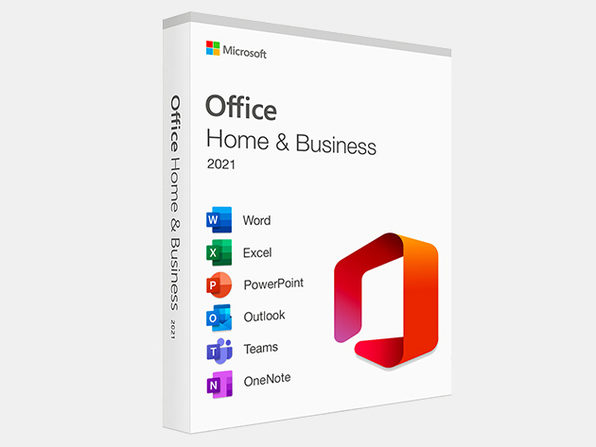Apple Brings a Full App Store Experience to the Web

Toggle Dark Mode
Apple has rolled out a fully browsable, searchable web version of the App Store — a move that expands on an earlier initiative for the Vision Pro and offers more than just a landing place for previewing individual app links.
In what felt like an attempt to help showcase the app catalog for Apple’s $3,500 spatial computing headset, Apple debuted a web-based Vision Pro App Store, but this was limited to browsing the relatively small collection of apps available for the visionOS platform. Other apps could only be viewed via direct links, typically shared from the App Store app on an iPhone, iPad, or Mac.
Apple has now expanded this concept into a comprehensive front-end that covers all of its platforms. The layout mirrors the Mac App Store, complete with a sidebar of main sections that adapt depending on which platform you’ve selected. For example, the App Store for iPhone shows Today, Games, Apps, and Arcade, while the Mac version swaps these for Discover, Create, Work, and Play.
Sections like Discover and Today mirror what you’d see in the platform-specific App Store apps. Individual app pages show roughly the same info as the preview links we’ve seen for years, but they’re now dressed up with richer media elements more closely aligned with what you see in the App Store apps.
A search field lets you find apps by platform, though there’s no universal search — you’ll only see results for the selected platform, although at least you can switch to another one without losing your search.

The new App Store is a great way to search and browse for new apps, especially if you’re looking for something on a different platform, such as looking for iPhone apps from your Mac. Nevertheless, there’s one glaring omission that will be quickly noticed by anyone who has ever used the rival Google Play Store: there’s no direct way to install apps from here.
That makes some sense, since the new web-based App Store doesn’t even let you log in with your Apple Account. It’s little more than a public catalog at this point. However, Google’s app marketplace has been available on the web from the beginning, and one of its key features is that you can sign in to your Google account, see a list of your associated devices, and click on any app to have it “delivered” to your Android smartphone or tablet.
No such option exists on Apple’s new web-based App Store, so when you’re browsing through it and find an app you like, you’ll still need to get to it on the App Store app on your device to install it.
The good news is that the web version offers a Share button you can use to send a link to yourself. AirDrop handles that easily from a Mac, but it’s still an extra step. It’s understandably more complicated to do a remote install from a web interface.
It’s a logical omission for now, but one Apple will likely address eventually — especially as it continues to blur the lines between its hardware and online services.
The timing is also interesting. It hints that Apple may be laying the groundwork for a broader ecosystem shift where App Store discovery becomes less tied to specific devices — a foundation that could become even more important as it prepares to launch a new “homeOS” platform next year.







